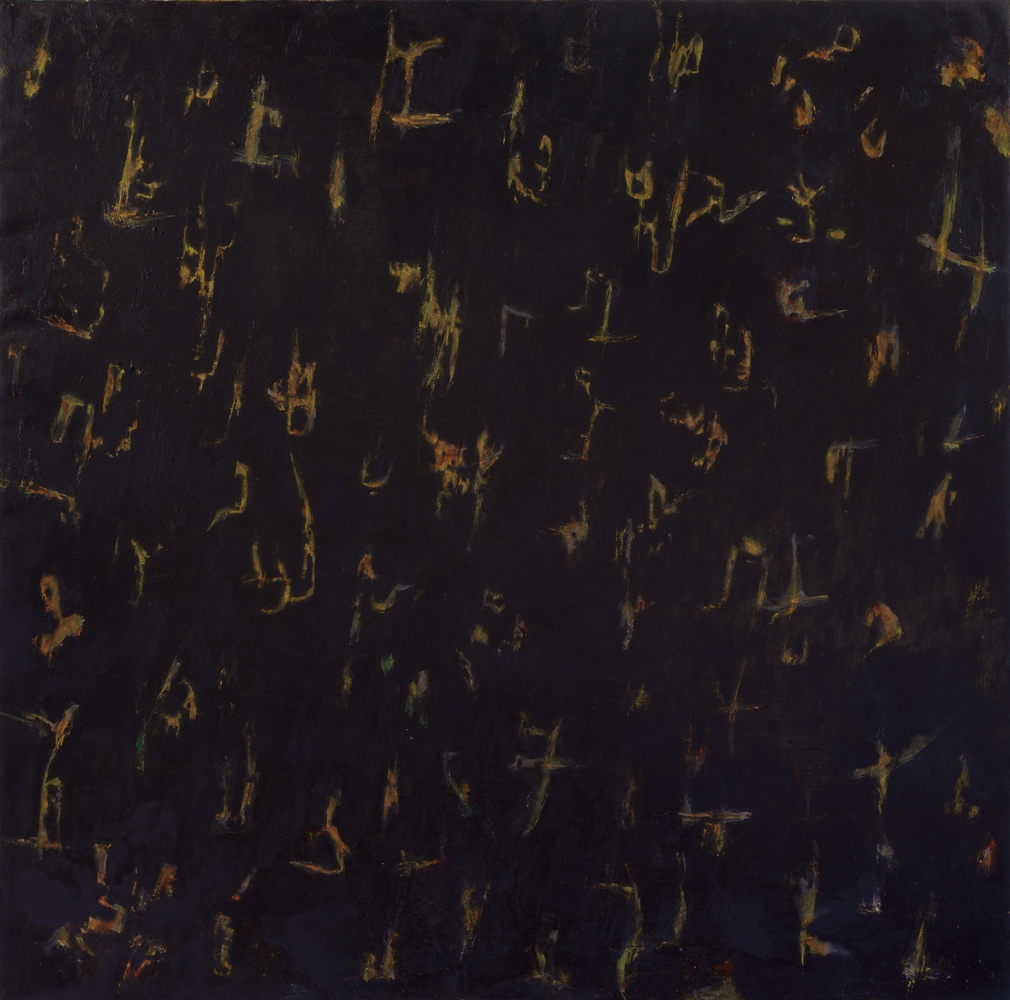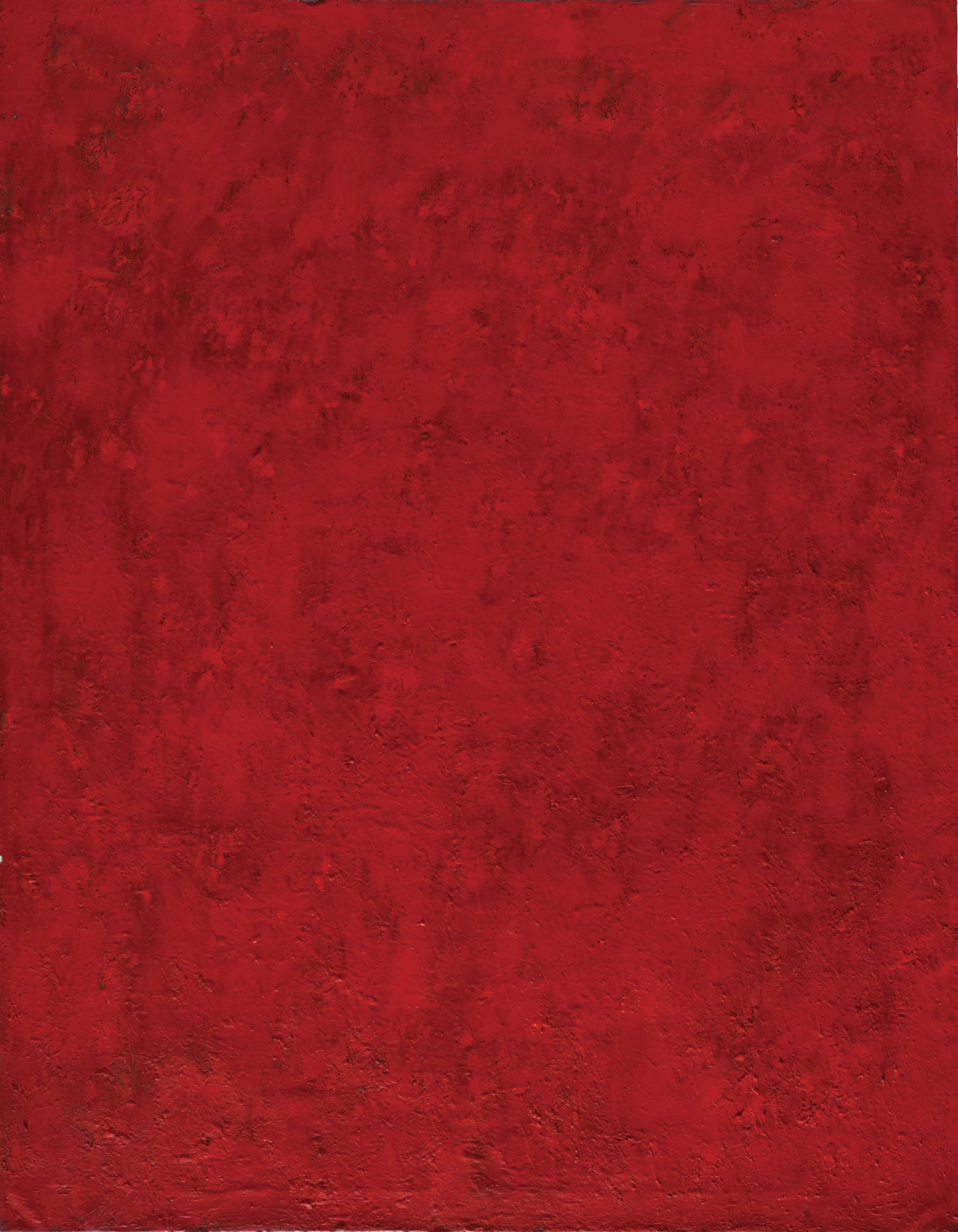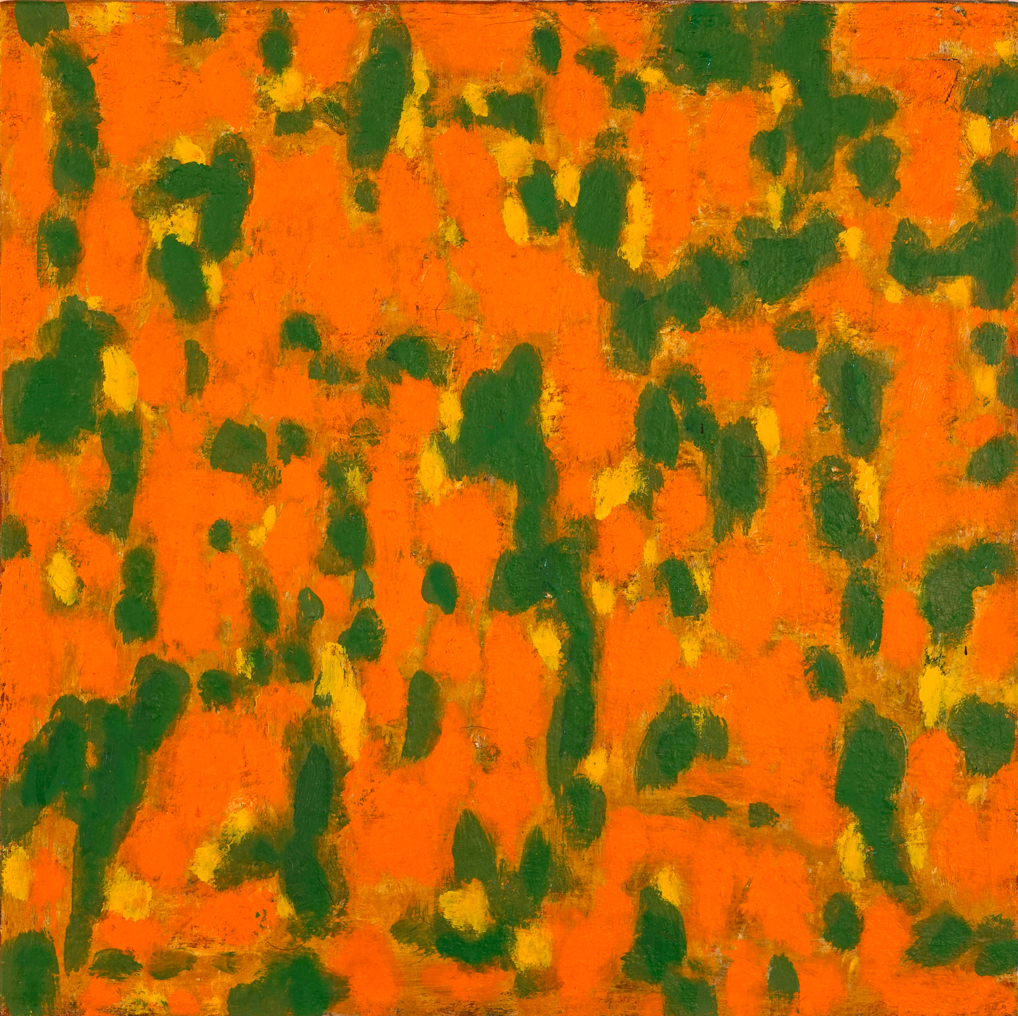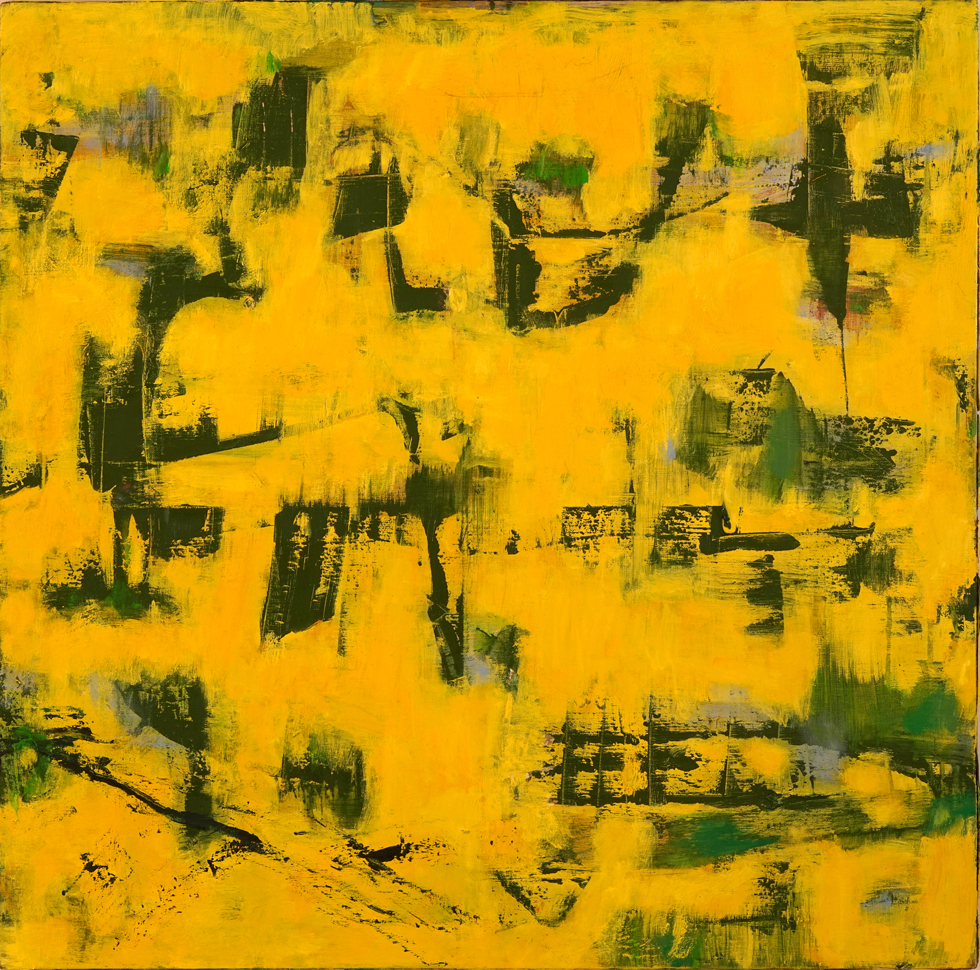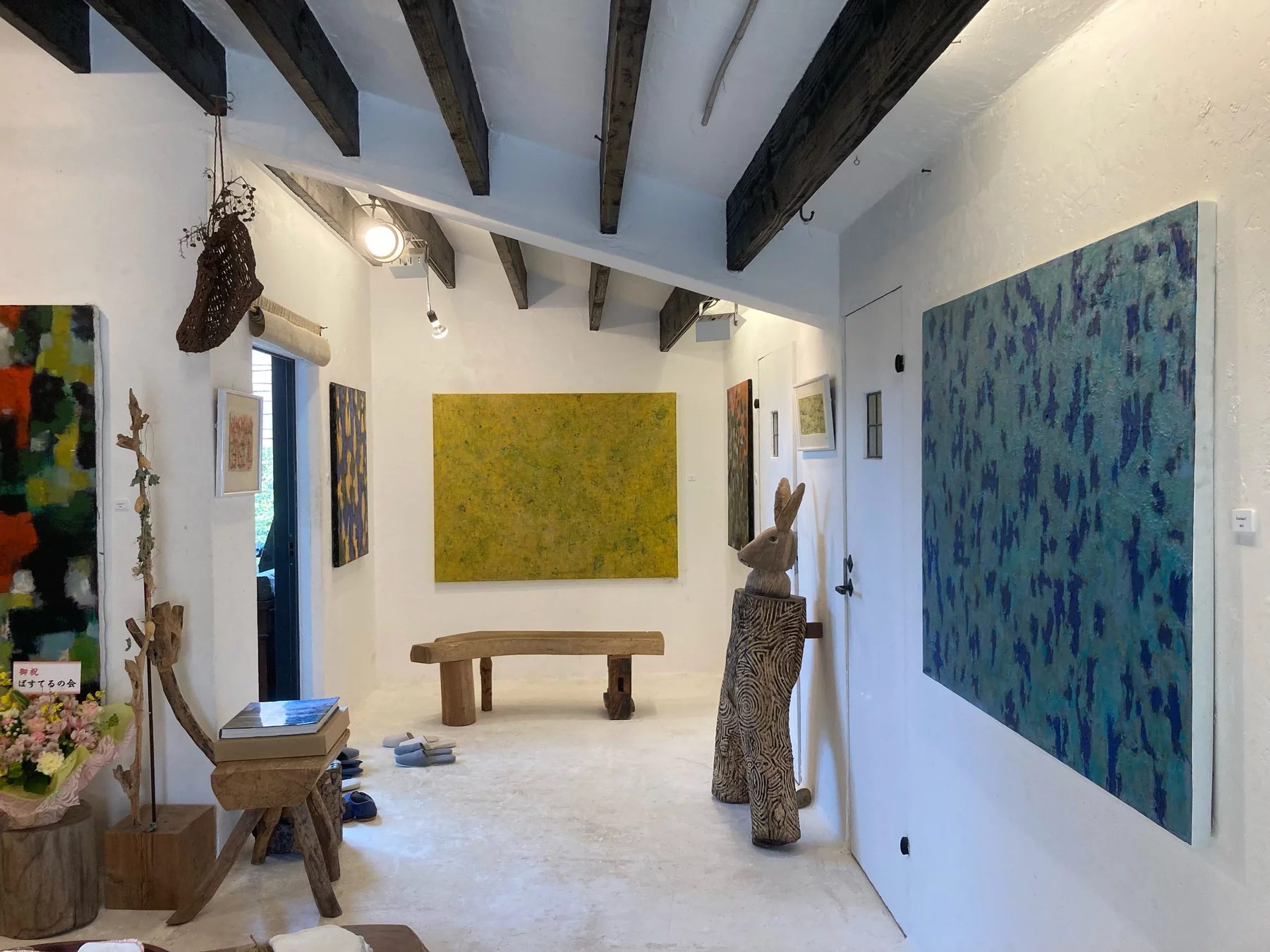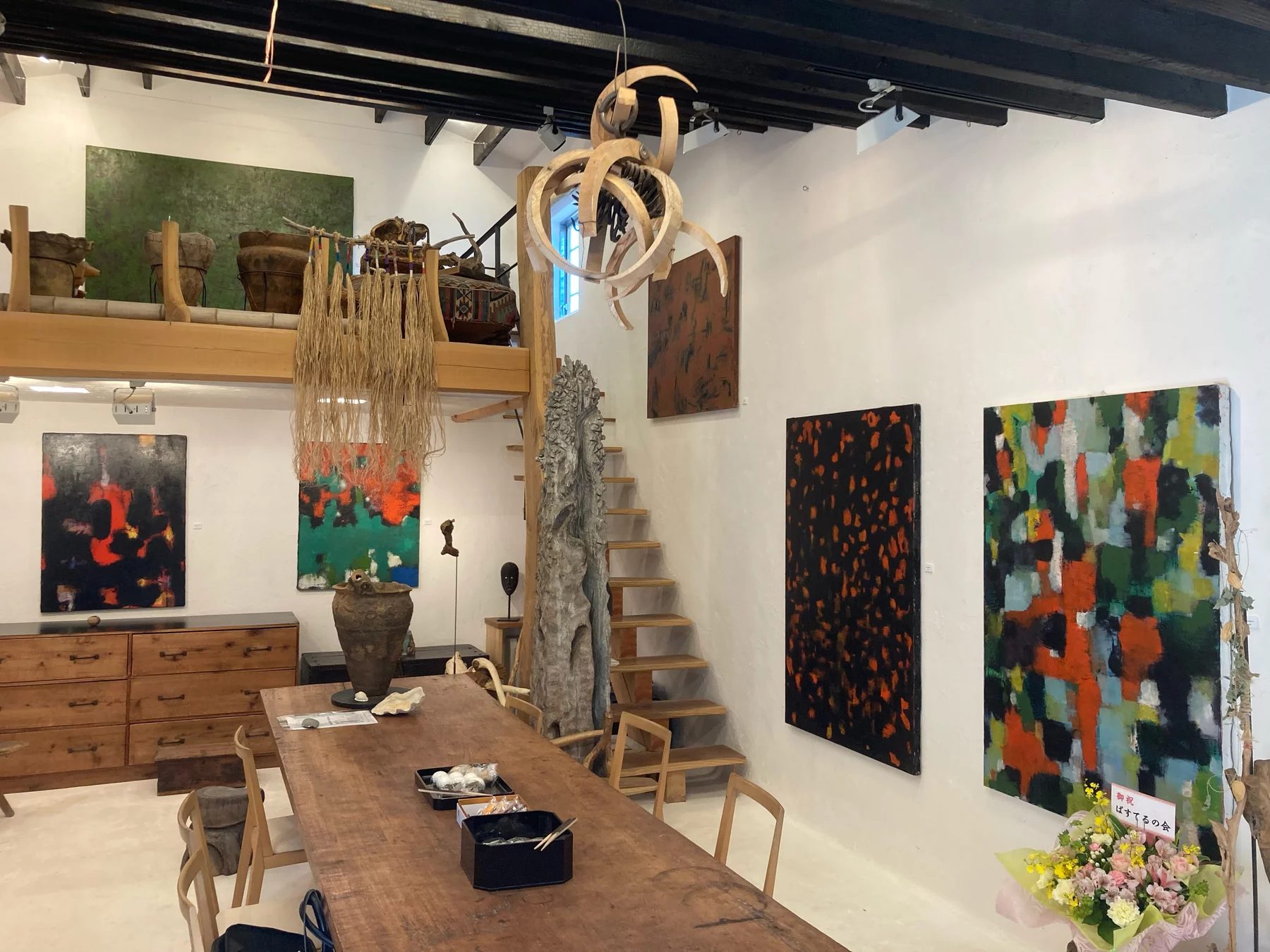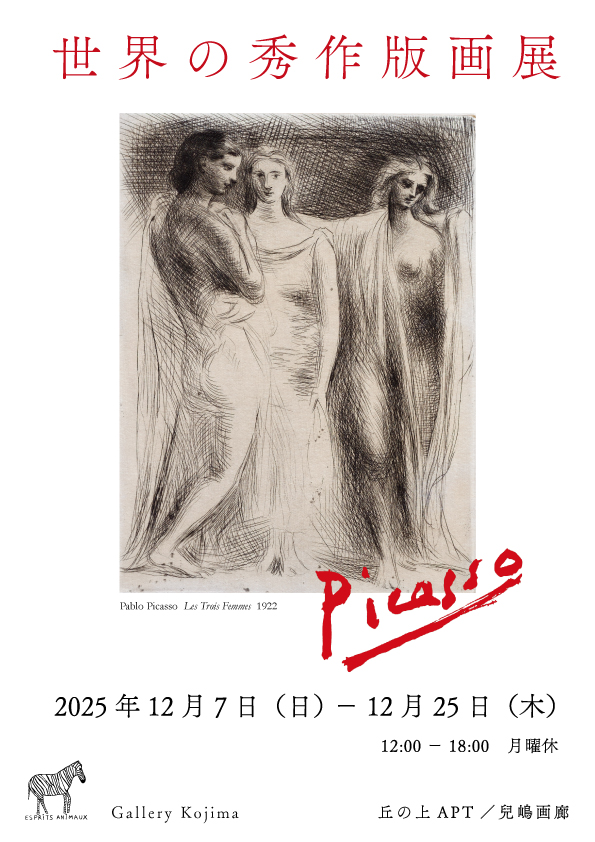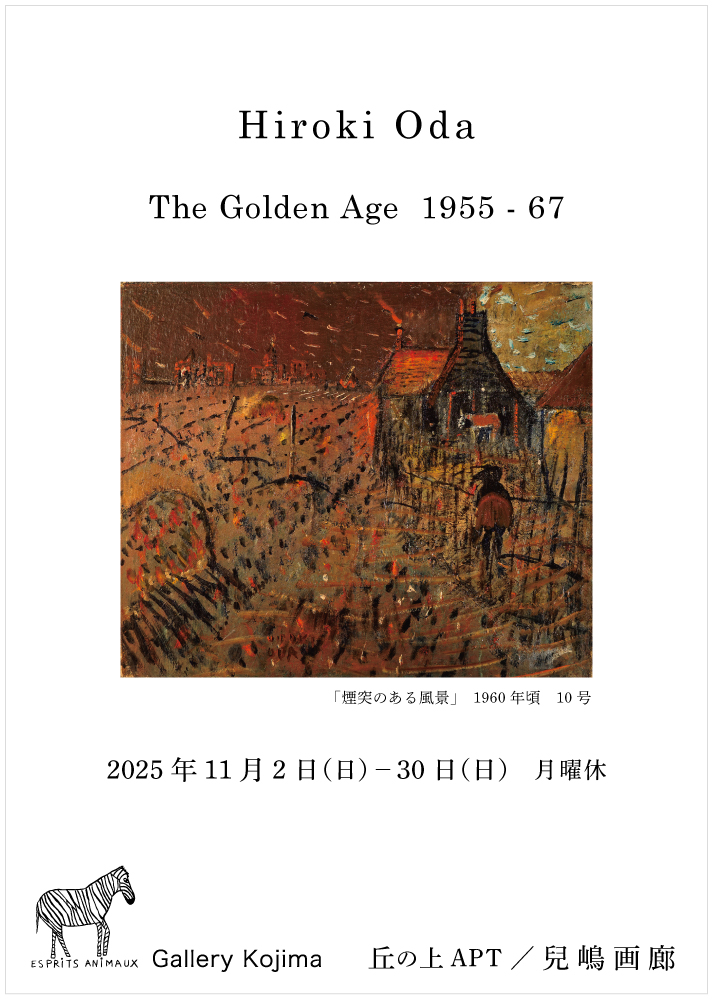2024年11月22日掲載
伊庭野肇 -ABSTRACT KOKUBUNJI-
丘の上APT/兒嶋画廊
- 会期
- 2024年11月30日~2024年12月22日
カルーセル
-

Untitled, oil on canvas, 91 x 91 cm, 2024
-

Untitled, oil on canvas, 116.7 x 91 cm, 2024
-

Untitled, oil on canvas, 33.5 × 53 cm, 2024
-

Untitled, oil on canvas, 89.5 × 145.5 cm, 2024
-

Untitled, oil on canvas, 53 × 53 cmm ca. 2014
-

Untitled, oil on canvas, 73 × 72.5 cm, 2024
-

2023年の伊庭野肇展の様子
-

2023年の伊庭野肇展の様子
-

2023年の伊庭野肇展の様子
展覧会名:伊庭野肇-ABSTRACT KOKUBUNJI-
会期:11月30日(土)〜12月22日(日) 12:00-18:00 (月曜休廊)
場所:兒嶋画廊 (東京都国分寺市泉町1-5-16)
お問合せ: eakojima@gmail.com Tel.042-207-7918
オープニングパーティー 11月30日(土)16:00-19:00
Gallery Kojima is pleased to announce the exhibition Hajime Ibano -ABSTRACT KOKUBUNJI-, opening on November 30th. Building on last year's exhibition, we will present abstract paintings by Hajime Ibano, who is based in Kokubunji. It will showcase approximately 10 new artworks created this year, along with a selection of recent works. We warmly invite you to visit and enjoy the exhibition.
Exhibition Title: Hajime Ibano -ABSTRACT KOKUBUNJI-
November 30 (Sat.) – December 22 (Sun.)
12:00-18:00 *closed on Mondays
Gallery Kojima (1-5-16 Izumicho Kokubunji-shi Tokyo, Japan)
mail: eakojima@gmail.com
landline: +81-42-207-7918
Opening Party: November 30 (Sat.) 16:00-19:00
ABSTRACT KOKUBUNJI-伊庭野肇展に寄せて
この頃、通い出した国分寺のお寿司屋さん「すし司」で、日高見という日本酒をよくいただきます。日高見の国とは常陸国風土記によれば大和から見て東北の地を意味するそうです。最近、気仙人や蝦夷(えみし)など、まつろわぬ人々などと大和朝廷に最後まで抵抗した日本各地の古層に属する民族や人々のことをテーマにした研究書などをよく目にします。東北学や東北力といった言葉も馴染み深くなってきています。
伊庭野さんのご出身は青森県八戸市です。ご自身の絵の話をしている時に「出てくるんだよね」という表現をされることがよく有ります。何が、何処から出てくるのか興味深いものがありますが、おそらく伊庭野さんの深層心理やDNAの中にあるご祖先から受け継いだ東北の大地の力が作品を通して滲み出てくるのだろうと想像しています。
一説によると、東北地方にはずっと昔にユーラシア大陸のシベリアやバイカル湖周辺やトルコあたりから人々が移動してきたとも考えられています。アルタイ山脈の岩壁に描かれた動物や人間像また、北海道余市にあるフゴッペ洞窟にある岩壁画にも共通する、動物や宇宙人のような姿があります。
昨年の兒嶋画廊での第1回展の折には野川両岸に広がる押し切りの水田のイメージを強調しましたが、今回は伊庭野さんの絵の中に潜む古代との対話にご注目ください。
「アブストラクト国分寺」の新たな展開にご期待ください。
2024年11月 兒嶋画廊 兒嶋俊郎
On the occasion of a solo show by Hajime Ibano
These days, I find myself often enjoying Japanese sake, Hitakami, at a sushi restaurant in Kokubunji called Sushi Tsukasa. According to a record of ancient Japanese history, the term Hitakami was used to describe the region to the east of the Yamato Imperial Court, which was the heartland of Japan. Today, this region is known as Tohoku, located in the northeastern part of modern-day Japan.
Lately, I have come across many books and research works focused on the ethnic groups of Japan, including Kesenjin and Emishi, who resisted numerous invasions by the Yamato Imperial Court until the end. Tohoku studies and the power of Tohoku are some of the phrases I have become familiar with.
Artist, Hajime Ibano, is originally from Aomori Prefecture (Tohoku region). When discussing his paintings, he often uses the expression “it comes out” to describe the process. It is intriguing to consider what exactly "comes out" and from where. I imagine that the power of the Tohoku region, inherited from his ancestors through his deep subconscious or his DNA, naturally emerges through his artwork.
According to one theory, the people of the Tohoku region may have originally migrated from areas around Lake Baikal in Siberia, Eurasia, or even Turkey, long ago. Similarities can be found between the animals and figures in the wall paintings of Fugoppe Cave in Japan and those in the Altai Mountains.
During the first exhibition of the artist at Gallery Kojima last year, I addressed Ibano's works in relation to the rice fields stretching along the banks of the Nogawa River. This time, however, I invite you to direct your attention to the dialogue between the artist’s work and ancient times, which quietly lies beneath the surface of his paintings.
We hope you will enjoy the new development of Abstract Kokubunji.
November 2024, Toshio Kojima, Gallery Kojima
- 展覧会名
- 伊庭野肇 -ABSTRACT KOKUBUNJI-
- 分類
- 企画展
- 会場
- 丘の上APT/兒嶋画廊
- 会期
- 2024年11月30日~2024年12月22日 Googleカレンダーに登録📅
- 開館時間
- 12:00〜18:00
- 休館日
- 月曜休廊
- 観覧料
- 無料
- 住所
-
185-0024 東京都国分寺市泉町1-5-16
- 公式サイト
- https://www.gallery-kojima.jp/
- 公式SNS
- お問合せ先
- 丘の上APT/兒嶋画廊
東京都国分寺市泉町1−5−16
TEL : 042-207-7918
e-mail : eakojima@gmail.com





